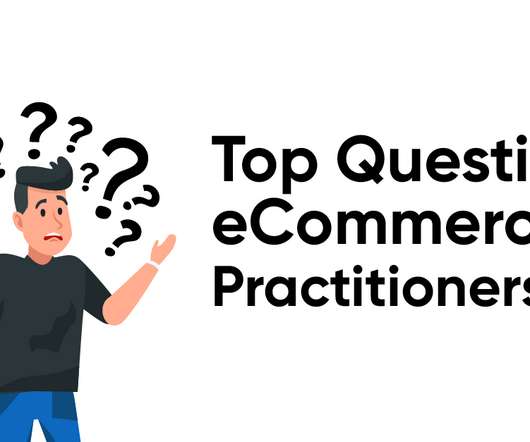7 B2B Ecommerce Trends + 13 B2B Brands Changing How Businesses Buy
BigCommerce
OCTOBER 20, 2017
B2B ecommerce will reach $1.2 of all B2B sales in the U.S. Just by the end of 2017, Forrester expects B2B ecommerce to reach $889 billion and represent 11% of total B2B sales in the U.S. That’s a monumental shift from outbound sales to inbound strategies for B2B businesses. This is about growth.
















Let's personalize your content